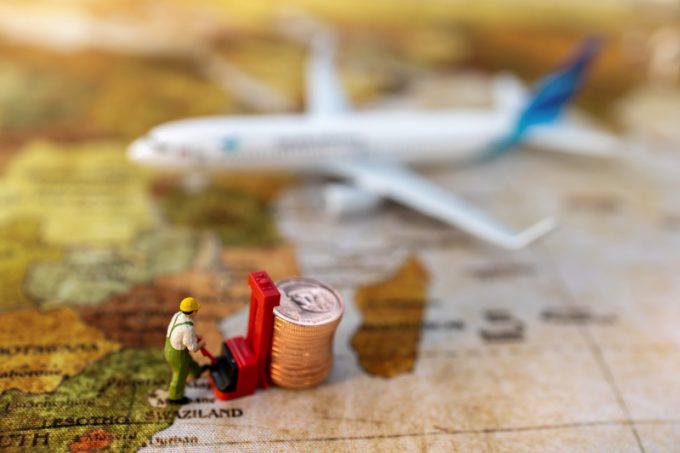Shippers brace for rate rise as smart phones expected to drive air cargo market
The overwhelming majority of air cargo players, according to a new survey, expect airfreight rates ...

As the prospect of a return to pre-Covid rate levels recedes ever further, relentlessly high airfreight pricing is prompting more and more shippers to look for alternatives.
Forwarders are being tasked to understand their supply chains better and come up with creative solutions.
But they and shippers ...
Four crew members still missing as Wan Hai 503 continues to burn
Explosions and 'out-of-control' fire reported on Wan Hai box ship
Predatory rivals circle as the ripples from DSV's Schenker buy widen
MSC Elsa crew face criminal probe, as Wan Hai 503 firefighters battle on
'It's driving us mad', say forwarders as US court fails to end tariff turmoil
Latest Israeli attack on Iran a threat to box ships in Straits of Hormuz
Transpacific rates ease as capacity boost proves too much for trades to digest

Comment on this article